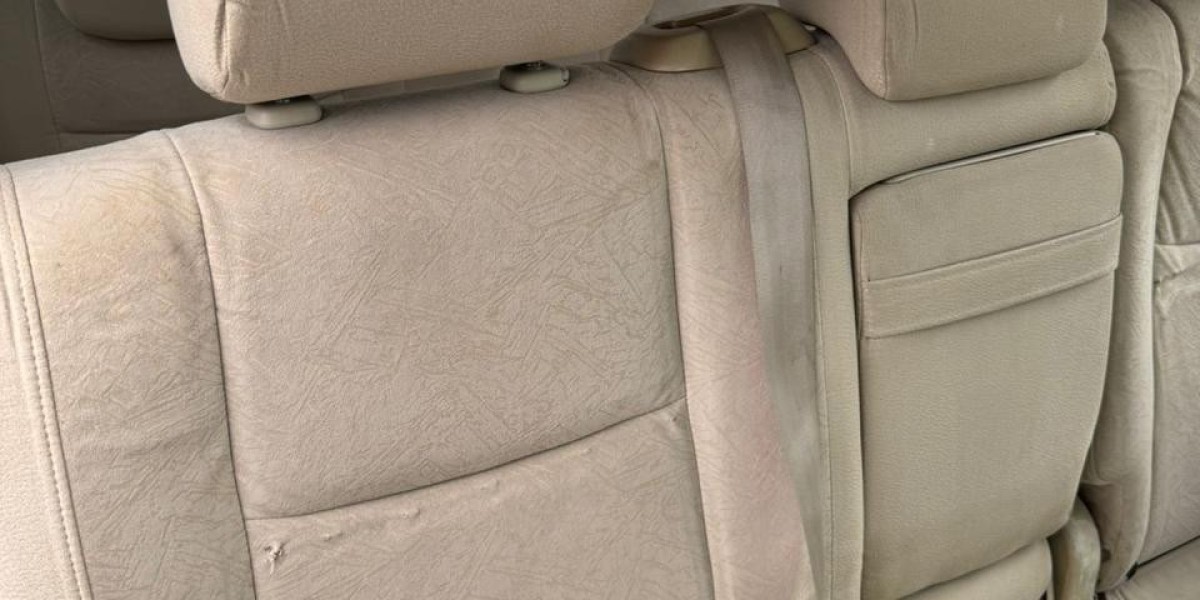The automotive industry in Pakistan has seen significant changes in car prices over the past five years. These fluctuations have been influenced by various economic, political, and global factors, including inflation, exchange rate changes, and supply chain disruptions. In this blog, we will analyze the price trends of new cars in Pakistan over the last five years, explore the factors that have driven these changes, and offer insights into what consumers can expect in the future.
1. Overview of the Pakistani Automotive Market
The car market in Pakistan is predominantly dominated by a few key players such as Honda, Toyota, Suzuki, and more recently, Kia and Hyundai. In recent years, the market has experienced both growth and challenges, as new entrants have been attracted by a growing middle class, while traditional manufacturers have struggled to manage increasing costs and fluctuating demand.
2. Price Trends Over the Last 5 Years
From 2019 to 2024, the prices of new cars in Pakistan have seen a noticeable upward trend. Let’s break down the key phases:
2019-2020: Stable Prices, Growing Demand In 2019, car prices were relatively stable. The local currency had not yet faced significant depreciation, and the economy was growing at a steady pace. However, car manufacturers were starting to raise prices slightly due to inflation. The demand for new cars was strong, particularly in the compact and entry-level segments.
2020-2021: The Impact of COVID-19 and Inflation As the COVID-19 pandemic took its toll, many industries worldwide, including the automotive sector, faced disruptions. Car production was slowed down due to factory shutdowns and global supply chain interruptions. Despite these challenges, demand remained relatively steady. However, inflation began to rise, and the Pakistani rupee depreciated against the US dollar, leading to a sharp increase in car prices. Manufacturers had no choice but to pass on these costs to consumers, leading to price hikes across most models.
2021-2022: Surge in Prices and Supply Shortages This period saw a dramatic rise in car prices, driven primarily by the continued depreciation of the Pakistani rupee, increasing raw material costs, and a shortage of semiconductors, which affected global car production. Prices of popular models like Suzuki Alto, Toyota Corolla, and Honda Civic increased by 10-15% in this period. At the same time, there were reports of delays in car deliveries, leading to an increased wait time for consumers.
2022-2023: Price Adjustments Amid Economic Challenges In 2022, the Pakistani economy experienced a sharp rise in inflation, with an increasing cost of living affecting consumer purchasing power. Interest rates rose, making car loans more expensive. Although some manufacturers tried to stabilize their prices, continued import restrictions, high taxes, and inflation continued to push car prices upward. For instance, a base-model Suzuki Swift, which cost around PKR 2 million in 2021, saw a price increase to approximately PKR 2.4-2.5 million by the end of 2022.
2023-2024: Stabilization and Potential Decline in Prices? As of 2024, the automotive sector in Pakistan is beginning to show signs of stabilization. The exchange rate has somewhat leveled off, and car manufacturers are cautiously adjusting prices in response to the market. The introduction of newer models, along with local production boosts from brands like Kia and Changan, has increased competition, providing consumers with more options at different price points. Additionally, a slight reduction in the import duties for certain car models has allowed prices to plateau.
3. Key Factors Affecting Car Prices in Pakistan
Several factors have directly contributed to the rising cost of new cars in Pakistan:
Exchange Rate Depreciation: The value of the Pakistani rupee against the US dollar plays a significant role in determining car prices, especially for imported components and vehicles. With the rupee losing value in recent years, car prices have risen.
Raw Material Costs: The cost of steel, aluminum, and other essential materials has seen a sharp increase due to global supply chain disruptions and inflation. These costs directly impact car manufacturers' production costs.
Import Duties and Taxes: Government policies, including taxes and duties on car imports and local production, have influenced car prices. While some local manufacturing incentives have helped curb costs for certain models, others have seen higher prices due to increased taxes.
Demand-Supply Dynamics: The introduction of new models and brands has increased competition, but supply shortages and limited availability have contributed to rising prices. Additionally, increasing demand for cars, especially during times of economic recovery, has kept prices high.
Inflation and Interest Rates: Inflation in Pakistan has led to an increase in the cost of goods and services across the board, including cars. Moreover, higher interest rates have made car financing more expensive for buyers.
4. Popular Car Models and Their Price Increases
Here are a few popular car models and their price trends over the last five years:
Suzuki Alto: The Suzuki Alto, a popular entry-level car, saw its price increase from around PKR 1.3 million in 2019 to over PKR 2.5 million in 2024. This jump reflects the increased cost of manufacturing and the depreciation of the Pakistani rupee.
Honda Civic: The Honda Civic, a preferred choice in the mid-range segment, saw a rise from PKR 3.5 million in 2019 to PKR 5.5 million in 2024. The jump in prices reflects the introduction of new variants and the overall inflationary pressure on the economy.
Toyota Corolla: The price of the Toyota Corolla, another popular car, has risen from around PKR 3.3 million in 2019 to approximately PKR 6 million in 2024. The increase has been driven by the introduction of newer, more feature-rich models, along with the overall inflationary trends in the automotive sector.
5. What Can Consumers Expect in the Future?
As we look ahead, several factors will continue to impact car prices in Pakistan:
Electric Vehicles (EVs): With global trends shifting toward electric vehicles, the Pakistani automotive industry may begin to see increased interest in EVs. Government incentives and policies around electric vehicle manufacturing and importation could lead to price reductions in this segment.
Increased Competition: More international brands are entering the Pakistani market, bringing fresh models and potentially lowering prices in the long term due to increased competition.
Government Policies: The government’s policies, particularly those related to import duties, local manufacturing incentives, and taxes, will continue to be a major influence on car prices.
Conclusion
Over the last five years, the price of new cars in Pakistan has been driven by several external and internal factors, including exchange rates, inflation, and global supply chain issues. While the market has faced challenges, the future looks promising with the potential for new models and greater competition. Consumers will likely continue to see higher prices in the short term but may benefit from new offerings and policies aimed at stabilizing the market.










